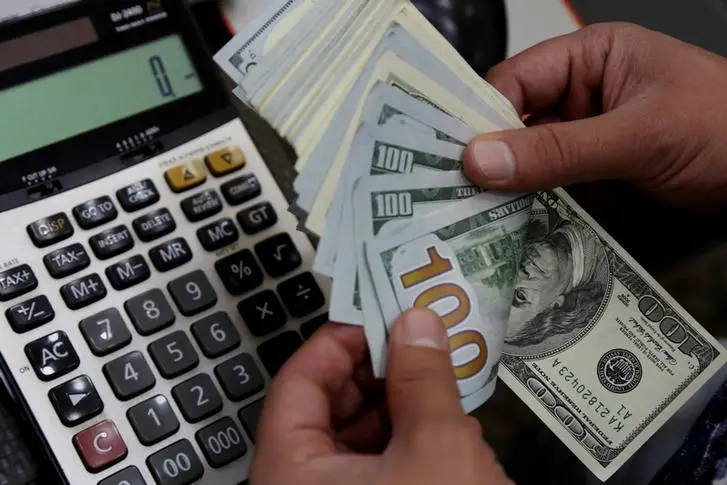PHOTO
HONG KONG - The dollar hit a new four-and-a-half-year top against the yen on Tuesday after Federal Reserve Chair Jerome Powell was renominated for a second term, reinforcing bets that U.S. interest rates would rise next year and diverge from Japan's.
The greenback rose as much as 0.24% to 115.13 yen, its highest since March 2017, having jumped 0.77% on Monday.
"We expect the weak JPY narrative to continue finding support amid attention to monetary policy divergence," Barclays analysts said in a note.
They said 115.5, the dollar's March 2017 high, would be one key level to watch, when it came to dollar gains, and, "above that, we caution that there is no clear resistance until 118.7 (the end-2016 high)."
The Japanese currency is sensitive to moves in U.S. Treasury notes, and two-year U.S. Treasury yields rose 8.5 basis points on Monday to their highest since early March 2020. They last yielded 0.5924%, little changed in Asian hours.
U.S. President Joe Biden chose Powell over the other leading candidate Lael Brainard, whom markets consider to be the more dovish of the two, though Brainard will be Fed vice chair.
The news reinforced market expectations of rate rises next year when the central bank finishes tapering its emergency bond buying programme.
Currency markets have been mostly driven by market perceptions of the different paces at which global central banks reduce pandemic era stimulus and raise rates.
"Chair Powell’s nomination for a second term will leave markets comfortable pricing in Fed lift-off from July next year," said analysts at Westpac in a note. "At least three Fed officials have now openly discussed speeding up tapering too."
"Meanwhile, virus suppression measures are being implemented in Europe again, making for a stark contrast," they added.
The euro languished at $1.136, around a 16-month low, having lost 2.8% so far this month.
The common currency has been hurt by the dovish tone from the European Central Bank and more recently a resurgence in COVID-19 cases in Europe, which forced Austria back into a full lockdown on Monday and caused Germany to consider tighter restrictions.
Traders will be looking for signs of the impact of the restrictions on European growth later Tuesday when French, German and Eurozone PMI data are released, with British U.S. PMI data also due.
Sterling was soft versus the rampant dollar with one pound at $1.340.
The Australian dollar, which has also been dragged by perceptions of a dovish Reserve Bank of Australia, was at $0.7228, near its lowest since early October, but higher prices in iron ore futures offered some support.
The New Zealand dollar fell to $0.6924, a six-week low, a day ahead of a central bank policy meeting at which the Reserve Bank of New Zealand is widely expected to follow up its October rate hike with another 25-basis-point increase.
Bitcoin was stuck in the doldrums at $56,600 having struggled after hitting a record high of $69,000 this month.
(Reporting by Alun John; Editing by Sam Holmes and Gerry Doyle) ((alun.john@thomsonreuters.com;))












